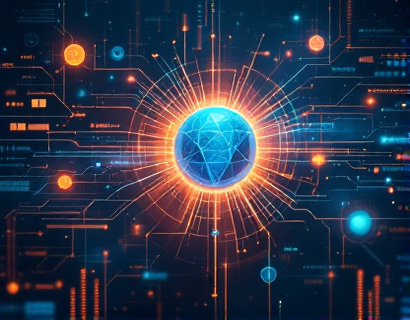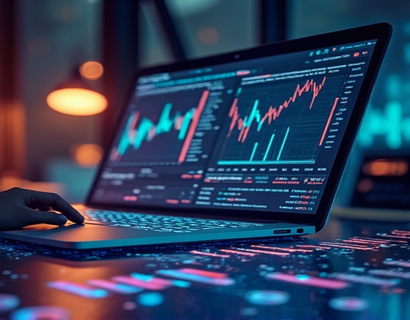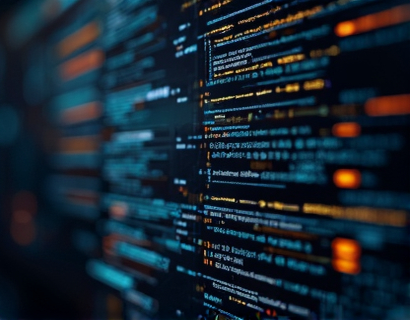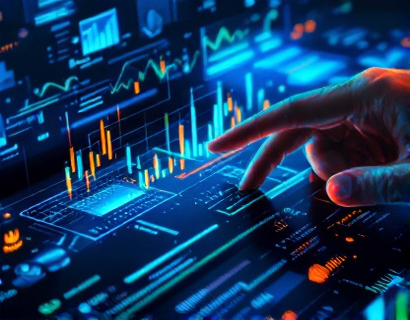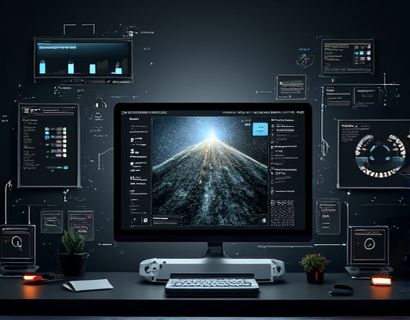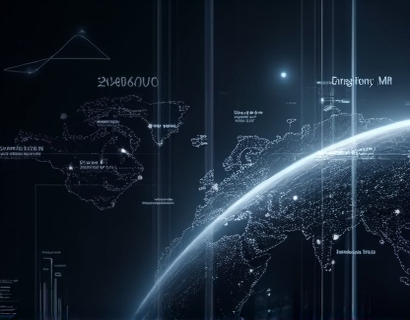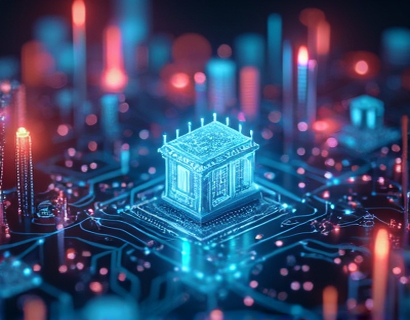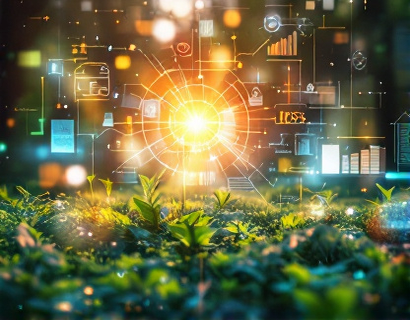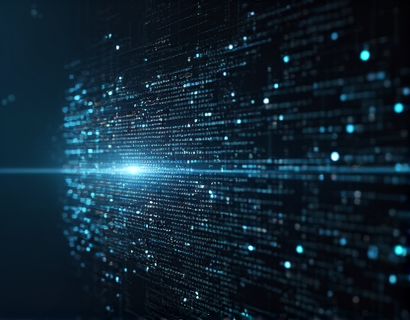Maximizing Aquaponics Business Success with Advanced Management Software
In the rapidly evolving world of sustainable agriculture, aquaponics stands out as a promising method that combines fish farming and hydroponic plant cultivation in a symbiotic environment. For aquaponics businesses, managing the intricate balance between water quality, fish health, and plant nutrition is crucial for success. Advanced management software plays a pivotal role in streamlining operations, boosting productivity, and enhancing sustainability. This article delves into how leveraging sophisticated software can transform aquaponics management, ensuring optimal conditions for both fish and plants while minimizing environmental impact.
Understanding the Challenges in Aquaponics Management
Aquaponics systems are complex ecosystems where the health of fish and plants is interdependent. Maintaining optimal water parameters such as pH, ammonia, nitrite, and nitrate levels is essential. Any deviation can lead to stress or disease in fish, which in turn affects plant growth. Traditional management methods often rely on manual monitoring and adjustments, which are time-consuming and prone to human error. Advanced management software addresses these challenges by providing real-time data and automated controls, ensuring a stable and efficient system.
Key Features of Advanced Management Software
Modern management software for aquaponics is equipped with a suite of tools designed to simplify and optimize the farming process. These features include:
- Real-time monitoring of water parameters
- Automated alerts for parameter deviations
- Remote access and control via mobile devices
- Data logging and historical analysis
- Integration with automated feeding and dosing systems
- Growth tracking and yield optimization
By integrating these features, farmers can maintain precise control over their systems, leading to healthier fish and plants and higher yields.
Real-Time Monitoring and Control
One of the most significant advantages of advanced management software is real-time monitoring. Sensors placed throughout the aquaponics system continuously measure critical parameters such as temperature, pH, dissolved oxygen, and nutrient levels. This data is transmitted to a central dashboard where farmers can view it instantly. In case of any anomalies, the system triggers automated alerts, allowing for prompt action to correct issues before they escalate.
For example, if the pH level drops below the optimal range, the software can automatically activate a dosing system to add the necessary chemicals, ensuring the environment remains stable for both fish and plants. This level of precision and responsiveness is crucial for maintaining the delicate balance in aquaponics systems.
Remote Access and Management
With the increasing use of smartphones and mobile devices, remote access to aquaponics systems has become a game-changer. Advanced management software allows farmers to monitor and control their systems from anywhere, at any time. This flexibility is particularly beneficial for those who manage multiple locations or travel frequently. Through a user-friendly app, farmers can check system status, adjust settings, and receive notifications without being on-site.
Remote access also facilitates better decision-making by providing continuous insights into system performance. Farmers can analyze trends over time, identify patterns, and make informed adjustments to improve efficiency and productivity. This remote capability not only enhances operational convenience but also reduces the need for constant physical presence, lowering labor costs.
Data Logging and Historical Analysis
Accurate data logging is essential for understanding the long-term performance of an aquaponics system. Advanced management software records all sensor readings and system actions, creating a comprehensive database of historical data. This data can be used to analyze system performance, identify areas for improvement, and optimize operations over time.
For instance, by reviewing historical data, farmers can determine the most effective feeding schedules, optimal stocking densities, and the best times for system maintenance. This insight-driven approach helps in making data-backed decisions, leading to more sustainable and profitable farming practices. Additionally, the ability to generate reports and visualizations makes it easier to communicate system performance to stakeholders, investors, or regulatory bodies.
Automated Feeding and Dosing Systems
Automation plays a vital role in reducing manual labor and ensuring consistent care for fish and plants. Advanced management software can integrate with automated feeding and dosing systems, allowing for precise control over the amount and timing of feed and supplements. This precision is crucial for maintaining optimal growth conditions and preventing overfeeding, which can lead to water quality issues.
For example, the software can program feeding schedules based on the specific needs of the fish species and their growth stages. It can also adjust feed amounts in response to real-time data, such as water temperature and nutrient levels. Similarly, automated dosing systems can add necessary chemicals or nutrients to maintain the desired water parameters, ensuring a healthy environment for both fish and plants.
Growth Tracking and Yield Optimization
Monitoring the growth of fish and plants is essential for maximizing yields and ensuring profitability. Advanced management software includes tools for tracking the growth and health of both fish and plants, providing valuable insights into the overall performance of the system. Farmers can set growth targets and receive notifications when these targets are met or when adjustments are needed.
By analyzing growth data, farmers can identify the most effective practices and make data-driven decisions to optimize their operations. For instance, if certain plant varieties or feeding regimens consistently yield better results, these can be scaled up. This focus on continuous improvement helps in achieving higher productivity and better returns on investment.
Environmental Sustainability
One of the core benefits of aquaponics is its potential for environmental sustainability. Advanced management software enhances this advantage by minimizing resource consumption and reducing waste. Precise control over water parameters and automated systems ensure that water and nutrients are used efficiently, reducing the environmental footprint of the operation.
For example, by maintaining optimal oxygen levels and nutrient concentrations, the software helps prevent overuse of resources. Additionally, the ability to detect and correct issues promptly minimizes the risk of water contamination and system failures, which can lead to significant resource wastage. This level of efficiency not only benefits the environment but also aligns with the growing consumer demand for sustainably produced food.
Case Studies and Success Stories
Several aquaponics farms have successfully implemented advanced management software, resulting in significant improvements in their operations. One such example is a medium-sized aquaponics farm in the Midwest, which integrated a comprehensive management system to monitor and control their system. Within six months, the farm reported a 30% increase in fish yield and a 25% reduction in water and nutrient usage. The automated feeding and dosing systems also reduced labor costs by 40%.
Another case involves a large-scale commercial aquaponics operation in California that used data logging and historical analysis to optimize their growing conditions. By fine-tuning their feeding schedules and stocking densities based on historical data, they achieved a 50% increase in plant biomass and a 20% increase in fish growth rates. These improvements led to a substantial boost in revenue and a stronger market position.
Challenges and Considerations
While the benefits of advanced management software are clear, there are several challenges and considerations to keep in mind when implementing such systems. Initial setup costs can be a barrier for smaller farms, although the long-term savings and increased productivity often justify the investment. Additionally, farmers need to ensure that their staff is trained to use the software effectively, as user proficiency is crucial for maximizing its benefits.
Compatibility with existing systems and integration with other farm management tools are also important factors. A seamless integration ensures that all aspects of the operation work together harmoniously, providing a comprehensive view of the farm's performance. It is essential to choose a software solution that is scalable and adaptable to the specific needs of the aquaponics business.
Future Trends in Aquaponics Management Software
The field of aquaponics management software is rapidly evolving, with new technologies and innovations on the horizon. Artificial intelligence and machine learning are set to play a more significant role in optimizing aquaponics operations. AI can analyze vast amounts of data to predict system behavior, identify potential issues before they occur, and suggest optimal management strategies. This predictive capability can further enhance efficiency and reliability.
Additionally, the integration of Internet of Things (IoT) devices and edge computing will enable more sophisticated real-time monitoring and control. IoT sensors can provide even more granular data, while edge computing processes this data locally, reducing latency and improving response times. These advancements will make aquaponics systems more intelligent and autonomous, reducing the need for manual intervention and further enhancing sustainability.
Conclusion
Advanced management software is a transformative tool for aquaponics businesses, offering precise control, real-time monitoring, and data-driven insights. By leveraging these technologies, farmers can optimize their operations, boost productivity, and enhance sustainability. The success stories and case studies demonstrate the tangible benefits of adopting such software, from increased yields and reduced costs to improved environmental performance. As the aquaponics industry continues to grow, embracing advanced management solutions will be essential for staying competitive and meeting the demands of a sustainable future.





